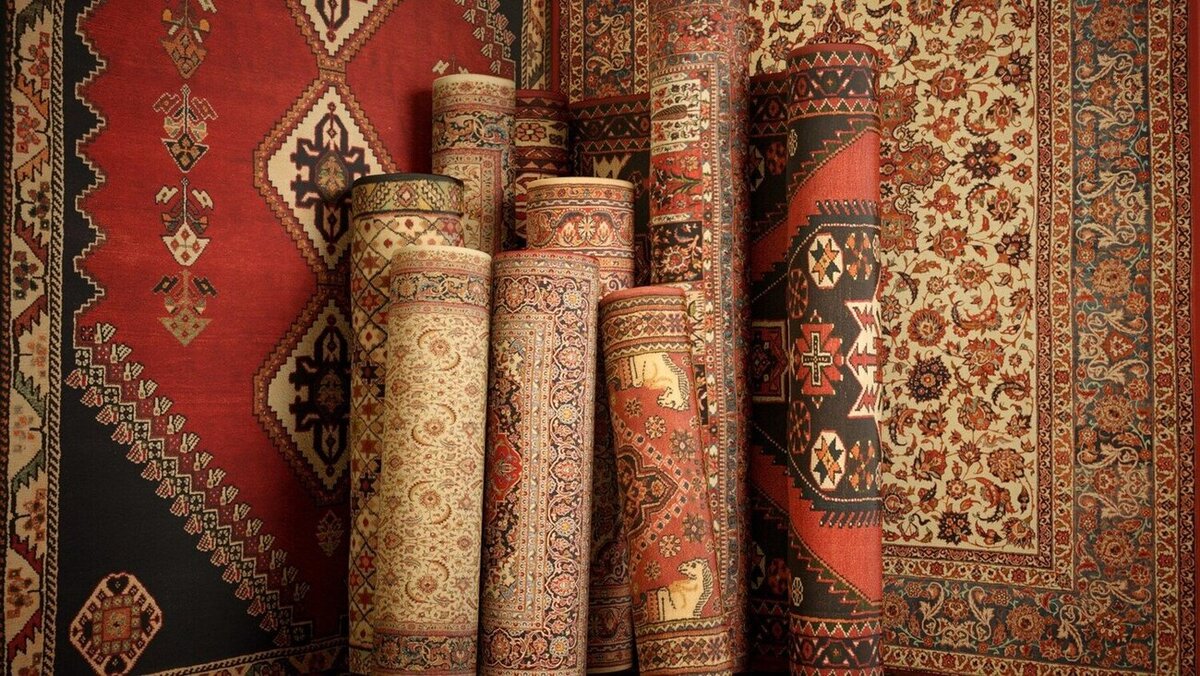

Articles
How To Store Carpets
Modified: October 20, 2024
Looking for articles about how to store carpets? Learn the best practices and tips for proper carpet storage to maintain their quality and longevity.
(Many of the links in this article redirect to a specific reviewed product. Your purchase of these products through affiliate links helps to generate commission for Storables.com, at no extra cost. Learn more)
Introduction
Welcome to the world of carpets! Whether you have a valuable Persian rug, a cozy wool carpet, or a stylish area rug, proper storage is essential to keep them in pristine condition for years to come. Carpets are not only an investment but also a valuable addition to your home decor. However, improper storage can lead to damage from moisture, pests, or even fading due to sunlight exposure.
In this article, we’ll guide you through the process of storing carpets effectively. We’ll cover everything from choosing the right storage space to cleaning and preparing your carpets, rolling them properly, wrapping and protecting them, storing in a climate-controlled environment, and monitoring their condition. By following these steps, you can ensure that your carpets remain in excellent condition, whether you’re storing them temporarily or for a longer period of time.
Before we dive into the details, it’s important to note that every carpet is unique and may require specific storage precautions. Always refer to the manufacturer’s instructions or seek professional advice if you have any doubts regarding the storage of a particular type of carpet.
Key Takeaways:
- Properly storing carpets is crucial for preserving their beauty and quality. From choosing the right storage space to monitoring their condition, following specific guidelines ensures longevity and protection from potential damage.
- Different types of carpets require unique storage considerations. Whether it’s wool, silk, outdoor, or antique carpets, specific care and attention are essential to preserve their quality and extend their lifespan. Always refer to manufacturer guidelines for best practices.
Read more: How To Store Carpet Remnants
Choosing the Right Storage Space
When it comes to storing carpets, the first step is to choose the right storage space. Ideally, you want a clean, dry, and well-ventilated area that is free from any potential hazards. Here are some key factors to consider:
- Cleanliness: Ensure that the storage space is clean and free from dust, dirt, and debris. Any contaminants can easily transfer to your carpets and cause damage over time. If necessary, clean the storage area thoroughly before placing your carpets inside.
- Moisture and Humidity: Moisture is the number one enemy of carpets. Avoid storing them in damp or humid areas, as this can lead to mold, mildew, and rot. If possible, choose a storage space with climate control to maintain a consistent level of humidity.
- Temperature: Extreme temperature fluctuations can also damage carpets. Avoid storing them in spaces that are subject to extreme heat or cold, such as attics or basements. Opt for a storage area with a stable temperature to protect the fibers of your carpets.
- Light Exposure: Prolonged exposure to direct sunlight can cause fading and discoloration of carpets. Choose a storage space that is away from windows or cover the windows with curtains or blinds to minimize the amount of light that enters the area.
- Pest Control: Take measures to prevent pests such as moths, rodents, or insects from infesting your carpets. Ensure that the storage area is properly sealed and consider using pest deterrents such as mothballs or cedar chips.
- Accessibility: Consider how often you’ll need to access your stored carpets. If you anticipate frequent use or rotation of carpets, choose a storage space that is easily accessible and allows you to retrieve them without hassle.
By carefully considering these factors, you can select an appropriate storage space that provides optimal conditions for storing your carpets. Remember, the goal is to create an environment that protects your carpets from potential damage and preserves their beauty for years to come.
Cleaning and Preparing the Carpets for Storage
Before storing your carpets, it’s crucial to clean and prepare them properly. This will help remove any dirt, stains, or odors, and ensure that they are in the best possible condition when you retrieve them later. Here are the steps to follow:
- Vacuum: Start by thoroughly vacuuming your carpets to remove loose dirt and debris. Use a vacuum cleaner with a brush attachment or a handheld vacuum to gently clean both sides of the carpet. This will help prevent any dirt from settling into the fibers during storage.
- Deal with Stains: If your carpets have any visible stains, address them before storing. Use a carpet stain remover or a mixture of mild detergent and water to gently treat the stain. Blot the stain with a clean cloth and avoid rubbing, as it can spread the stain or damage the fibers. Allow the carpet to dry completely.
- Deep Clean: Consider giving your carpets a deep clean before storing, especially if they haven’t been cleaned for some time. Depending on the type of carpet, you can either hire a professional carpet cleaner or use a carpet cleaning machine designed for home use. Follow the manufacturer’s instructions and allow your carpets to dry completely before moving on to the next step.
- Remove All Moisture: Ensure that your carpets are completely dry before storing them. Moisture can lead to mold, mildew, and unpleasant odors. If necessary, use a dehumidifier or fan to speed up the drying process, especially if you live in a humid environment.
- Roll or Fold: Decide whether you should roll or fold your carpets based on their size and the available storage space. Rolling is generally recommended for larger carpets, while folding is suitable for smaller ones. Just remember to avoid creases or sharp folds that could permanently damage the carpet fibers.
- Protection: To protect your carpets during storage, consider placing acid-free tissue paper or clean bed sheets between the layers. This will prevent any color transfer or friction between the carpets. Avoid using plastic wrap or bags, as they can trap moisture and lead to mold growth.
By following these steps, you can ensure that your carpets are clean, fresh, and properly prepared for storage. Taking the time to clean and prepare your carpets will help maintain their quality and extend their lifespan during the storage period.
Rolling the Carpets Properly
Once you’ve cleaned and prepared your carpets for storage, the next step is to roll them correctly. Proper rolling helps maintain the shape and integrity of the carpets, preventing any unnecessary stretching or damage. Follow these steps to roll your carpets properly:
- Clean Surface: Choose a clean and spacious surface, such as a clean floor or a large table, to roll your carpets. Make sure it’s free from any dirt, debris, or sharp objects that could potentially damage the carpet.
- Orientation: Decide on the orientation of the carpet based on its size and shape. For larger carpets, it’s generally best to roll them lengthwise. For smaller carpets, you can roll them either lengthwise or widthwise, depending on what is more convenient and suitable for the available storage space.
- Smooth Out: Lay the carpet flat, with the backside facing up. Smooth out any wrinkles or folds, ensuring that the carpet is as flat and even as possible. This will help maintain its shape and prevent any creases or permanent deformities.
- Start Rolling: Begin rolling the carpet from one end to the other, using slow and steady movements. Avoid rolling it too tightly, as excessive pressure can damage the fibers or create creases. Roll it loosely and adjust as necessary to maintain an even and smooth roll.
- Secure: Once you’ve rolled the carpet, use cotton or nylon straps to secure it. Do not use any ropes or cords that could leave indentations or cause damage. The straps should be firm enough to hold the carpet in place but not so tight that they compress the carpet fibers.
- Label: Place a label or tag on the rolled carpet, indicating its contents, size, and any other relevant information. This will make it easier for you to identify the carpet when you need to retrieve it from storage.
- Store Vertically: If possible, store the rolled carpets vertically rather than laying them flat. This will help prevent any unnecessary pressure on the rolled carpets and minimize the risk of them becoming misshapen over time.
By following these steps, you can ensure that your carpets are rolled correctly and ready to be safely stored. Proper rolling not only saves space but also protects the integrity and appearance of your carpets during the storage process.
Wrapping and Protecting the Carpets
Once you have rolled your carpets properly, the next step is to wrap and protect them to ensure their safety during storage. Wrapping the carpets provides an additional layer of protection against dust, moisture, pests, and other potential hazards. Follow these steps to wrap and protect your carpets effectively:
- Use Acid-Free Paper: Before wrapping your carpets, place acid-free tissue paper or clean bed sheets between the layers. This prevents color transfer and friction between the carpets while providing a soft and protective barrier.
- Protective Covering: Wrap the rolled carpets with a breathable material that offers protection against dust and light exposure. One popular choice is heavyweight cotton or muslin fabric, which allows the carpets to breathe while providing a barrier against external elements.
- Avoid Plastic: Avoid using plastic wraps or bags to cover your carpets as they can trap moisture and lead to mold growth. Plastic materials do not allow proper airflow, which can cause the carpets to retain moisture and encourage the growth of mildew or odors.
- Tie Securely: Use cotton twine or straps to tie the wrapped carpets securely. Ensure the ties are tight enough to hold the wrapping in place, but not so tight that they damage or compress the carpet fibers. Always be gentle and cautious when tying the carpet to avoid any undue stress on the rolled carpet.
- Label Clearly: Place a label on the outer covering of the carpet, clearly indicating its contents and any other relevant information. This will help you easily identify the carpet when you need to retrieve it from storage.
- Store Properly: Store the wrapped carpets in an upright position to minimize stress on the rolled carpet. If you are storing carpets of different sizes, place the larger ones at the bottom to provide stability and prevent them from rolling or shifting.
By following these steps, you can ensure that your carpets are properly wrapped and protected during storage. This extra layer of protection will help keep your carpets in excellent condition, preserving their beauty and quality for years to come.
Roll carpets instead of folding them to prevent creases and damage to the fibers. Store them in a cool, dry place away from direct sunlight to avoid fading and mildew.
Storing Carpets in a Climate-Controlled Environment
Proper environmental conditions are crucial for the long-term preservation of your carpets. Storing them in a climate-controlled environment helps maintain stable temperature and humidity levels, reducing the risk of damage from moisture, mold, and pests. Here’s what you need to know about storing carpets in a climate-controlled space:
- Temperature Control: Aim for a storage area with a temperature between 50-70 degrees Fahrenheit (10-21 degrees Celsius). Extreme temperature fluctuations can cause the fibers of the carpet to expand and contract, leading to damage over time. Maintaining a stable temperature helps preserve the integrity of the carpet.
- Humidity Control: Humidity is a major factor that contributes to the deterioration of carpets. Ideally, the humidity level should be maintained between 40-55%. Excessive humidity can lead to mold and mildew growth, while low humidity can cause the fibers to dry out and become brittle. Consider using a dehumidifier or humidifier to regulate the humidity levels in the storage area.
- Proper Ventilation: Adequate airflow is essential to prevent the accumulation of moisture and odors. Ensure that the storage area is well-ventilated by using fans, vents, or regularly opening doors and windows (if applicable). Good ventilation helps prevent the stale or musty smell that can occur in enclosed spaces.
- Avoid Direct Sunlight: Exposure to direct sunlight can cause fading, discoloration, and deterioration of the carpet fibers. Choose a storage area that is away from windows or cover the windows with blinds or curtains to block out the sunlight. Ultraviolet (UV) protection film can also be applied to windows to minimize the harmful effects of sunlight.
- Monitor Temperature and Humidity: Install a thermometer and hygrometer in the storage area to monitor the temperature and humidity levels regularly. This will allow you to make adjustments if necessary and ensure that the conditions remain within the optimal range for carpet storage.
- Avoid Storage in Basements or Attics: Basements and attics are prone to fluctuating temperatures and humidity levels, making them less suitable for storing carpets. If you must store carpets in these areas, take extra precautions to ensure proper insulation and climate control.
By storing your carpets in a climate-controlled environment, you can protect them from the adverse effects of temperature, humidity, and sunlight. This will help maintain their quality and extend their lifespan, ensuring that you can enjoy their beauty for many years to come.
Monitoring and Maintaining the Stored Carpets
Once you have stored your carpets in a suitable environment, it is essential to regularly monitor and maintain their condition. Regular inspections and proper maintenance will help you identify any issues early on and prevent potential damage. Here are some key steps to help you in monitoring and maintaining your stored carpets:
- Regular Check-ups: Set a schedule to inspect your stored carpets at least once every six months. Check for any signs of moisture, mold, pests, or damage. Look for any discoloration, fading, or weakening of the fibers. If you notice any issues, take immediate action to address them.
- Spot Clean: If you discover any stains or spots on your carpets during your inspections, address them promptly. Use a mild carpet cleaner or spot remover to gently treat the area. Blot the stain with a clean cloth and avoid rubbing or scrubbing vigorously, as it can damage the fibers. Allow the spot to dry completely before rewrapping the carpet.
- Air Circulation: Periodically air out the stored carpets by unrolling them and allowing them to breathe. This helps prevent the buildup of trapped moisture and odors. Consider doing this every few months, especially if you live in a humid environment.
- Pest Prevention: Keep an eye out for any signs of pests, such as moths, beetles, or rodents. Inspect the surrounding area and look for any droppings, chewed fabric, or visible pests. If you notice an infestation, take immediate action to address it by using appropriate pest control methods or seeking professional assistance.
- Adjust Climate Control: Regularly monitor the temperature and humidity levels in the storage area. Make adjustments to the climate control systems as needed to ensure that the conditions remain within the optimal range for carpet storage. Avoid sudden temperature or humidity fluctuations, as they can damage the carpets.
- Reposition and Rotate: If you have multiple carpets stored in the same area, periodically reposition and rotate them. This helps distribute any pressure points and prevents excessive compression on one part of the carpet. It also ensures that all carpets receive equal exposure to air and light.
By following these monitoring and maintenance practices, you can help prolong the life of your stored carpets and minimize the risk of damage. Regular inspections and proper care will ensure that your carpets remain in optimal condition and continue to enhance the beauty of your space when you decide to bring them out of storage.
Tips for Storing Different Types of Carpets
While the general guidelines for storing carpets apply to various types of carpets, certain materials and construction methods require specific considerations. Here are some additional tips for storing different types of carpets:
- Wool Carpets: Wool carpets are known for their durability and resilience, but they can be prone to moth infestation. Before storing wool carpets, ensure they are clean and free from any food particles or stains that may attract moths. Consider using moth repellents, such as cedar blocks or lavender sachets, to deter pests. Additionally, roll wool carpets with the pile side facing inward to protect the fibers.
- Silk Carpets: Silk carpets are delicate and require extra care during storage. Avoid folding silk carpets, as this can cause permanent creases and damage the fibers. Instead, roll them loosely and wrap them in acid-free tissue paper. Store silk carpets in a climate-controlled environment to prevent humidity-related issues like mold or mildew.
- Outdoor or Synthetic Carpets: Outdoor carpets made of synthetic materials, such as polypropylene or nylon, are designed to withstand moisture and exposure to the elements. However, it is still essential to clean and dry them thoroughly before storage to prevent any mold or mildew growth. Consider storing outdoor or synthetic carpets in a breathable bag or covering to protect them from dust and pests.
- Antique or Delicate Carpets: Antique carpets or carpets with delicate designs require extra caution during storage. If possible, seek professional help to clean and prepare these valuable carpets for storage. Consider storing them flat or rolling them with thick acid-free tissue paper between the layers to prevent any damage from folding or compression.
- Carpet Padding: If you have carpet padding that needs to be stored alongside your carpets, ensure it is clean and dry before storage. Roll or fold the padding neatly and store it separately from the carpets. Avoid placing heavy objects on top of the padding to prevent any deformation or damage.
Remember to always refer to manufacturer guidelines or seek professional advice for storing specific types of carpets. Each carpet may have unique storage requirements based on its material, construction, and condition.
By following these tips, you can ensure that different types of carpets are stored in an appropriate manner, preserving their quality and prolonging their lifespan.
Conclusion
Properly storing carpets is essential to maintain their beauty, preserve their quality, and extend their lifespan. Whether you’re storing valuable Persian rugs, cozy wool carpets, or stylish area rugs, following the right storage techniques will ensure their longevity. By choosing the right storage space, cleaning and preparing the carpets, rolling them properly, wrapping and protecting them, storing in a climate-controlled environment, and monitoring their condition, you can safeguard your carpets from damage caused by moisture, pests, sunlight, and other hazards.
Key considerations include selecting a clean and suitable storage space, cleaning the carpets thoroughly, rolling them correctly, using breathable coverings, and maintaining proper temperature and humidity levels in the storage area. Monitoring and regularly inspecting the carpets, taking prompt action for any issues, and following specific recommendations for different types of carpets such as wool, silk, or outdoor carpets, are equally important.
Remember, each carpet is unique and may have specific storage requirements based on its material, design, and condition. Always refer to manufacturer instructions or seek professional advice if you’re unsure about the best way to store a particular type of carpet.
By implementing these storage tips, you can ensure that your carpets remain in excellent condition, even during long periods of storage. So, protect your investment and keep your carpets looking and feeling their best for years to come by giving them the care and attention they deserve during the storage process.
Frequently Asked Questions about How To Store Carpets
Was this page helpful?
At Storables.com, we guarantee accurate and reliable information. Our content, validated by Expert Board Contributors, is crafted following stringent Editorial Policies. We're committed to providing you with well-researched, expert-backed insights for all your informational needs.
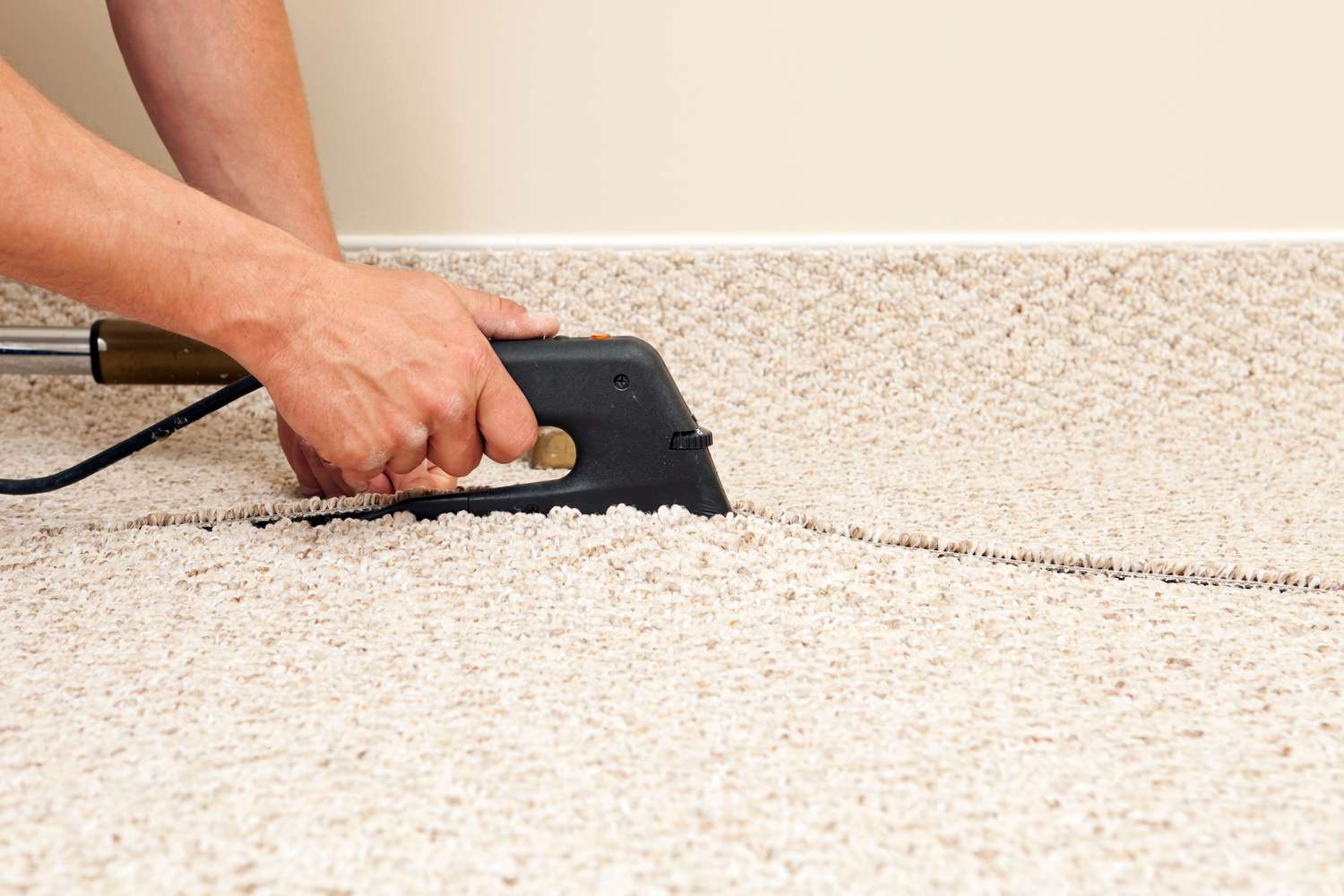
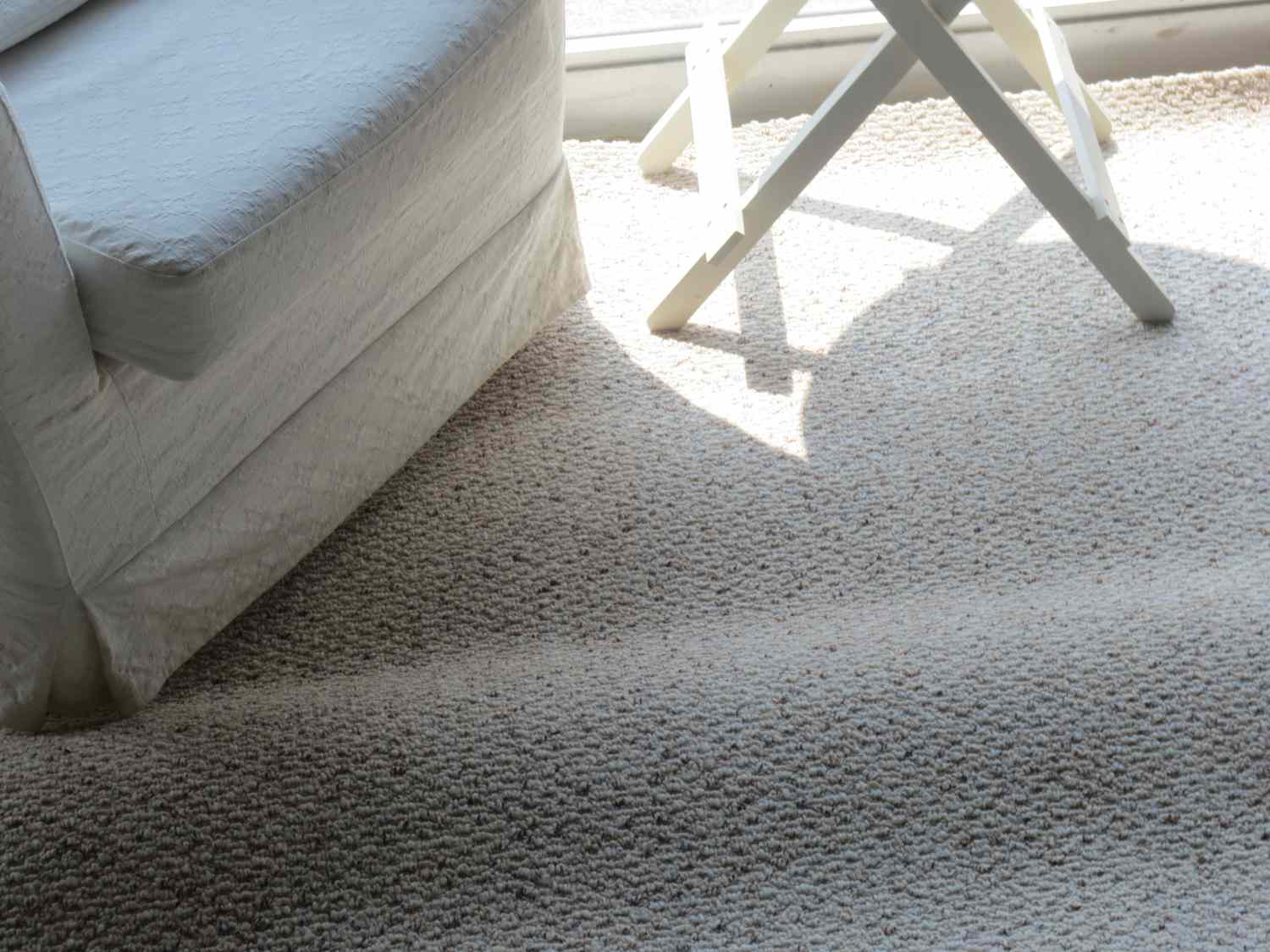
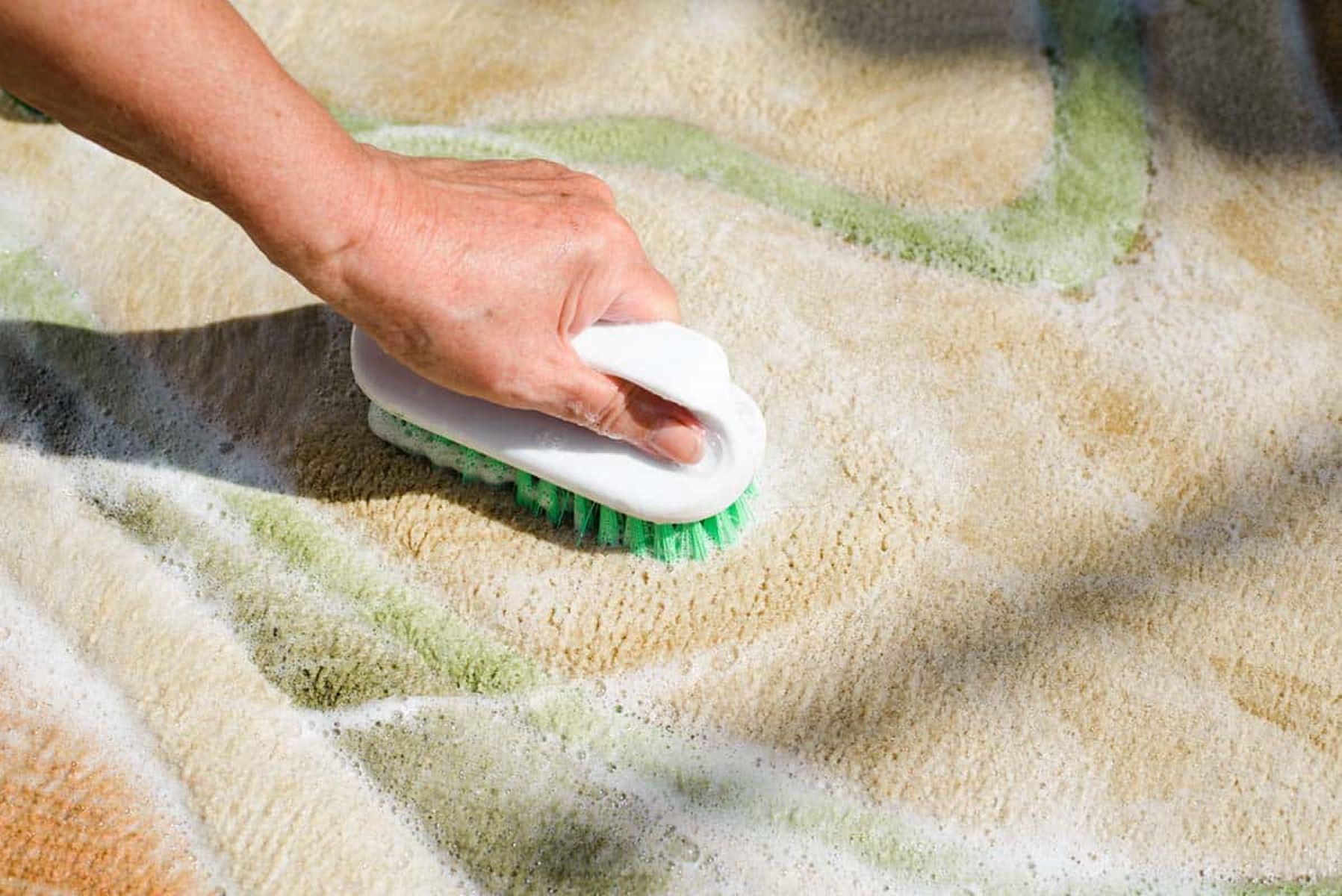
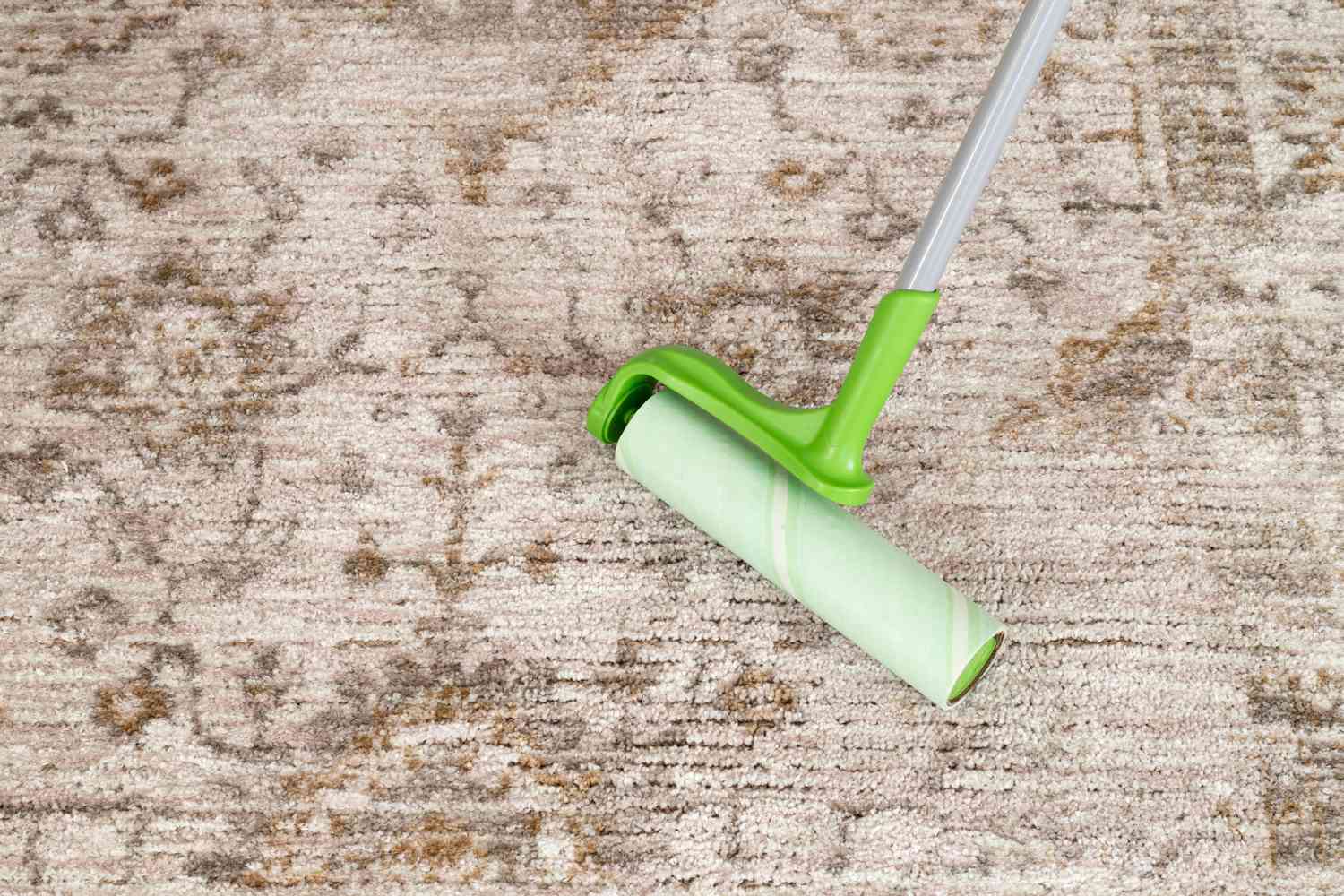
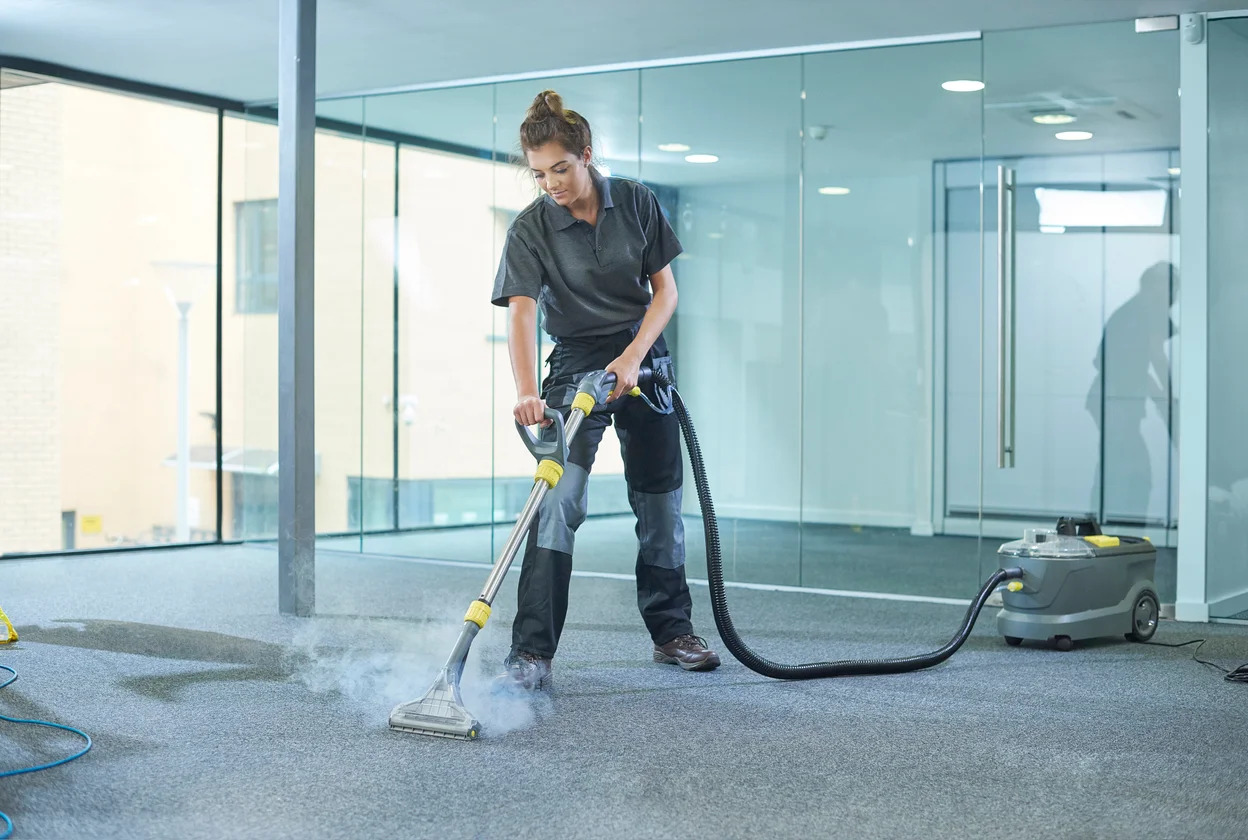
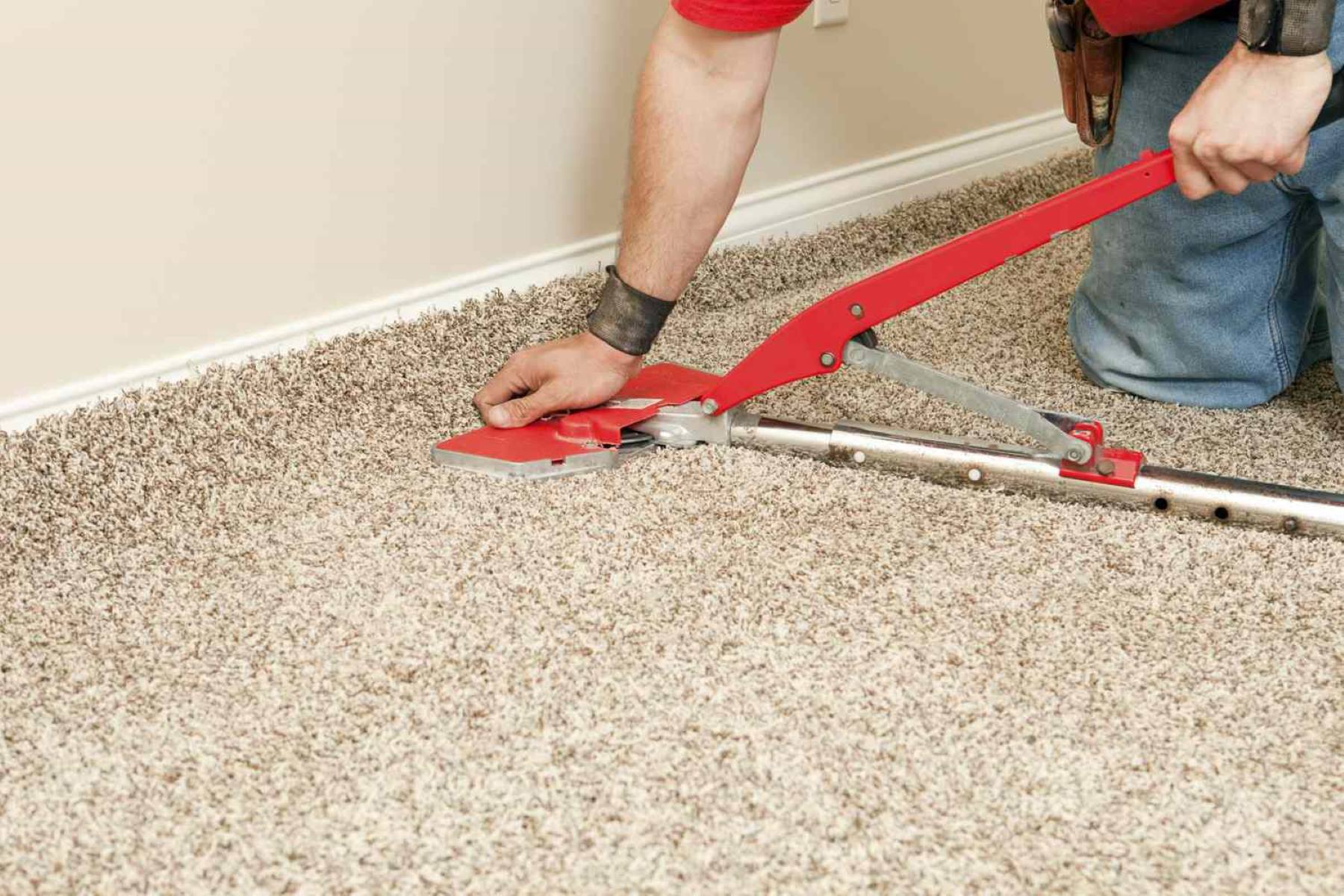
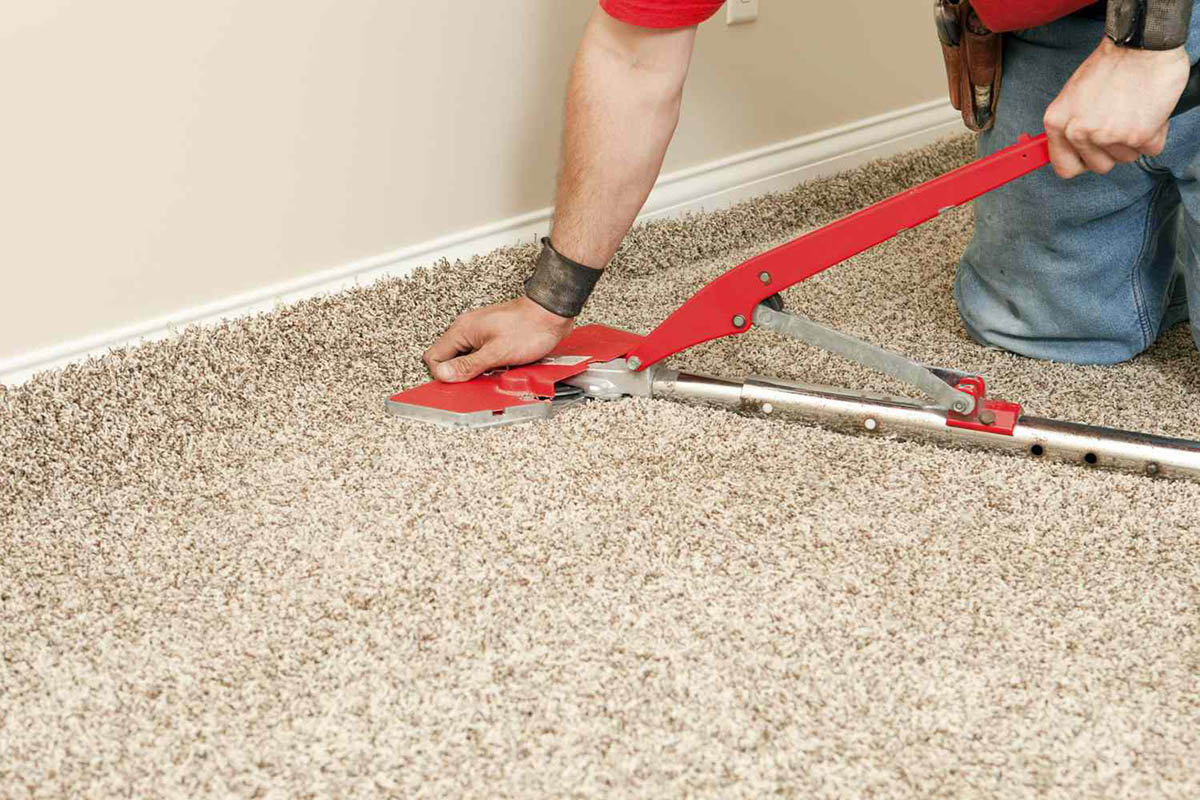
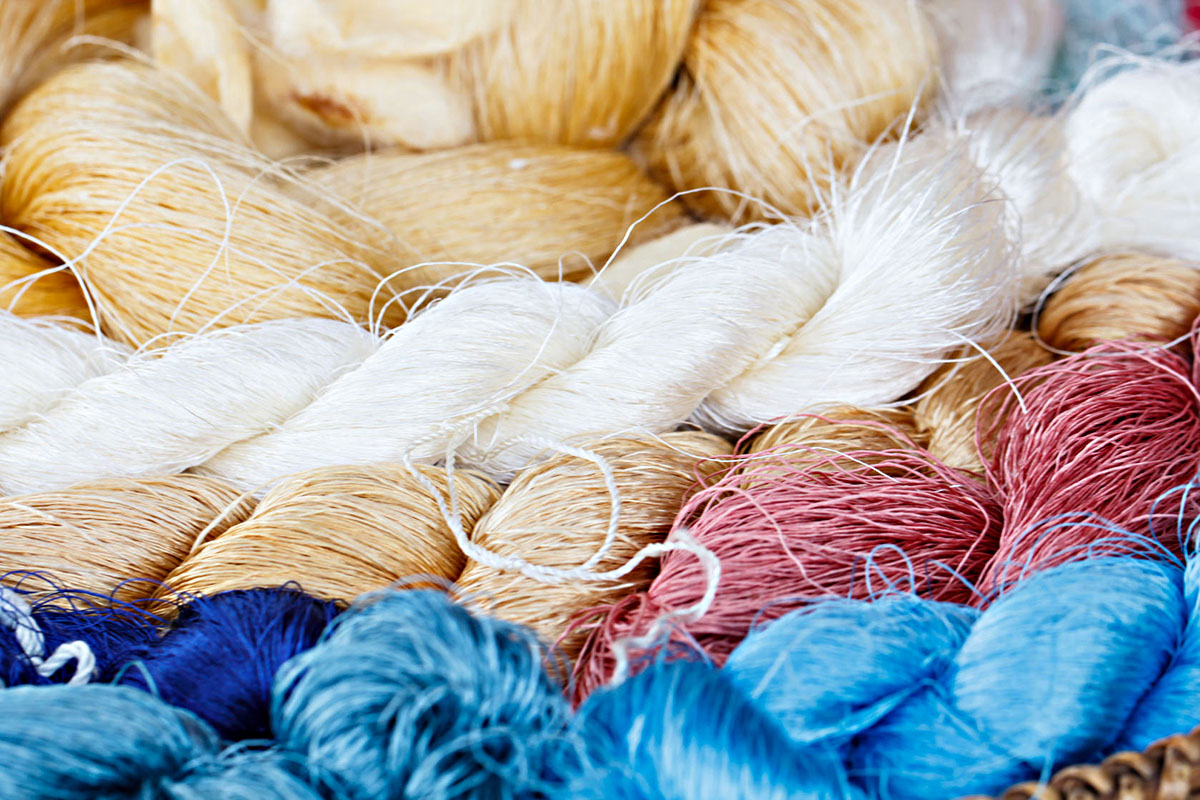
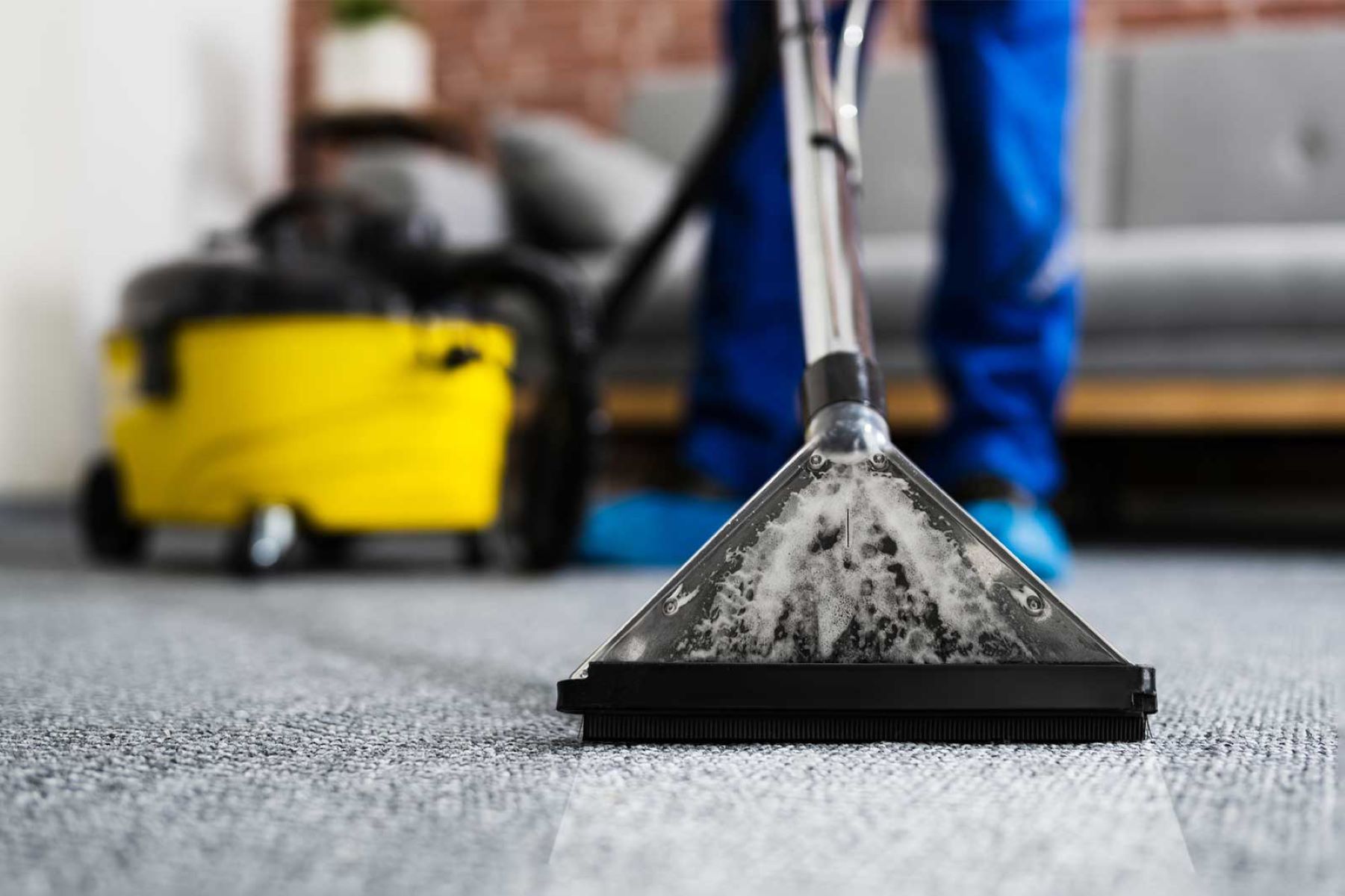
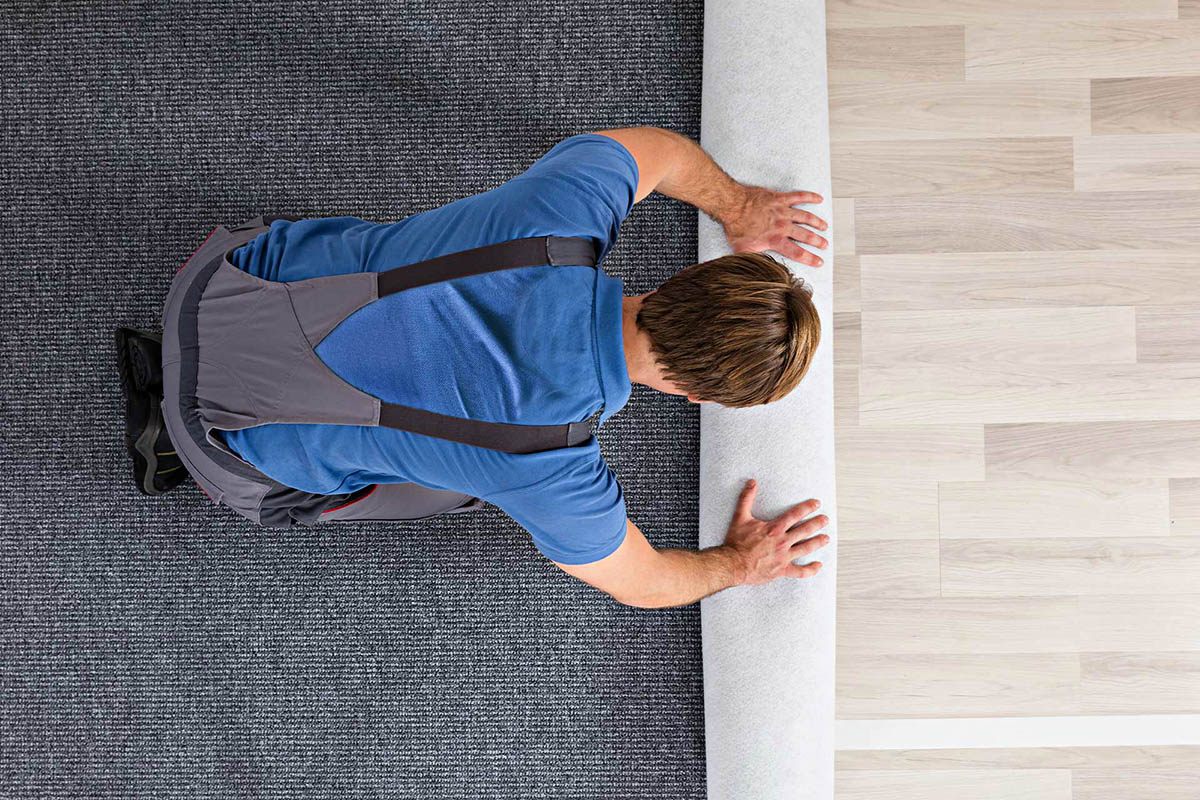
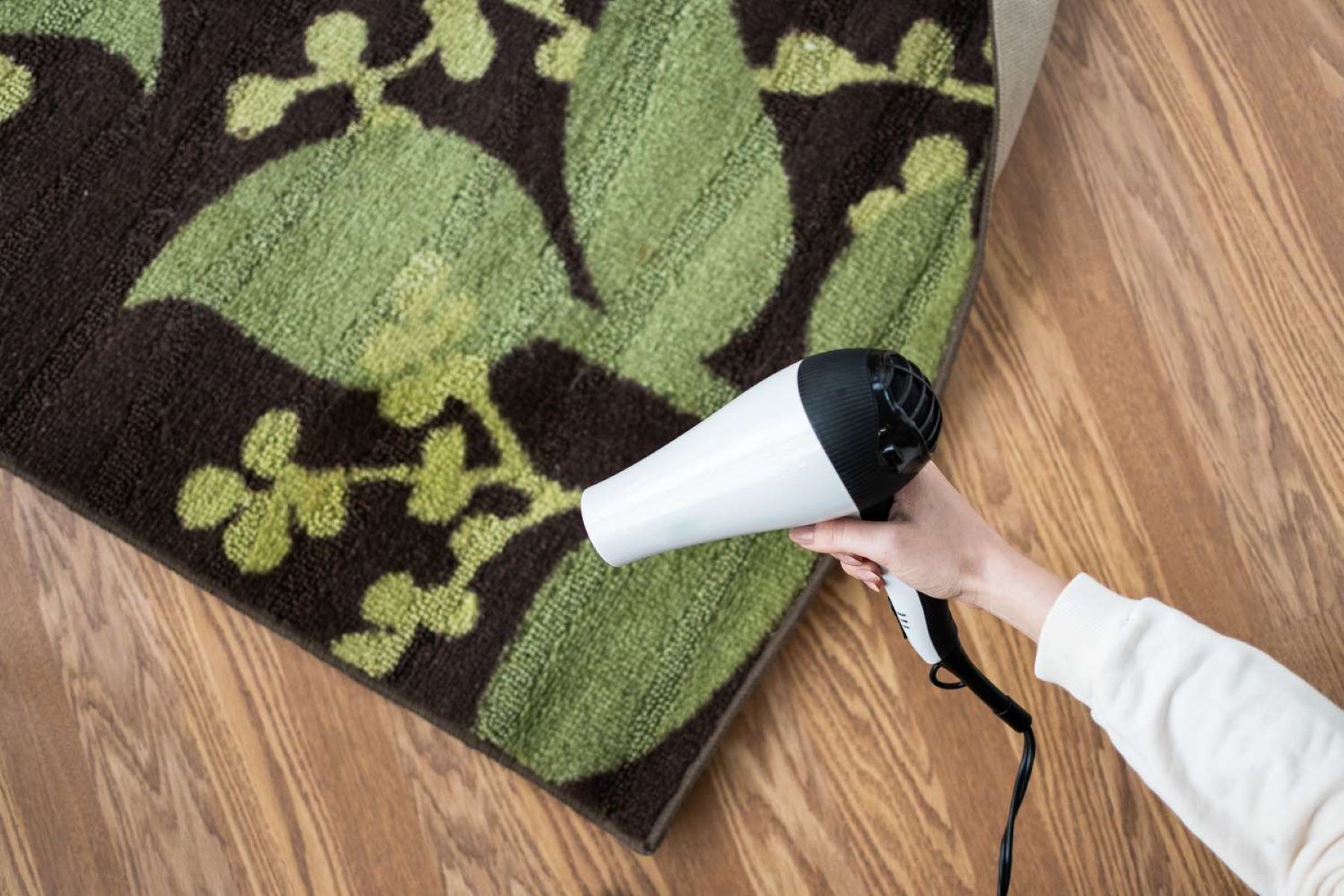
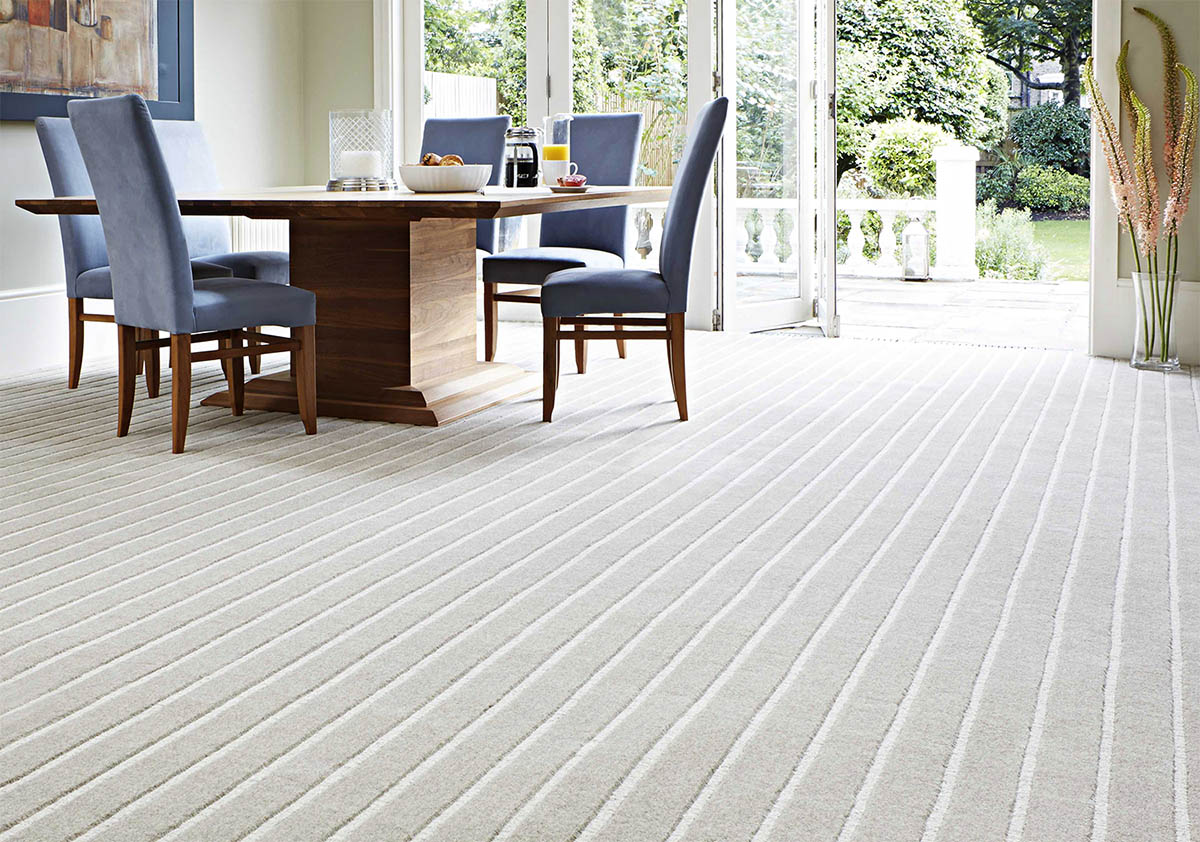
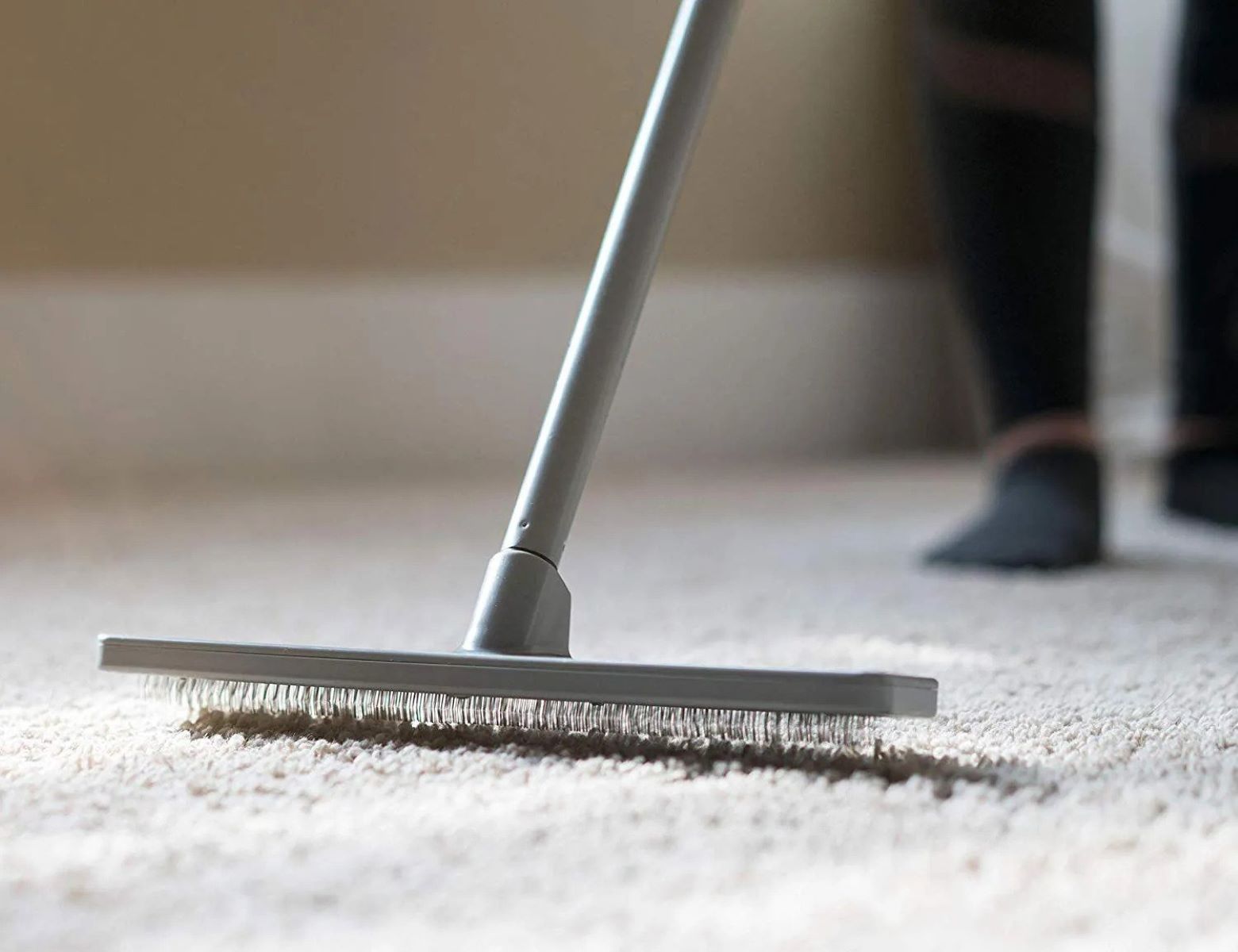
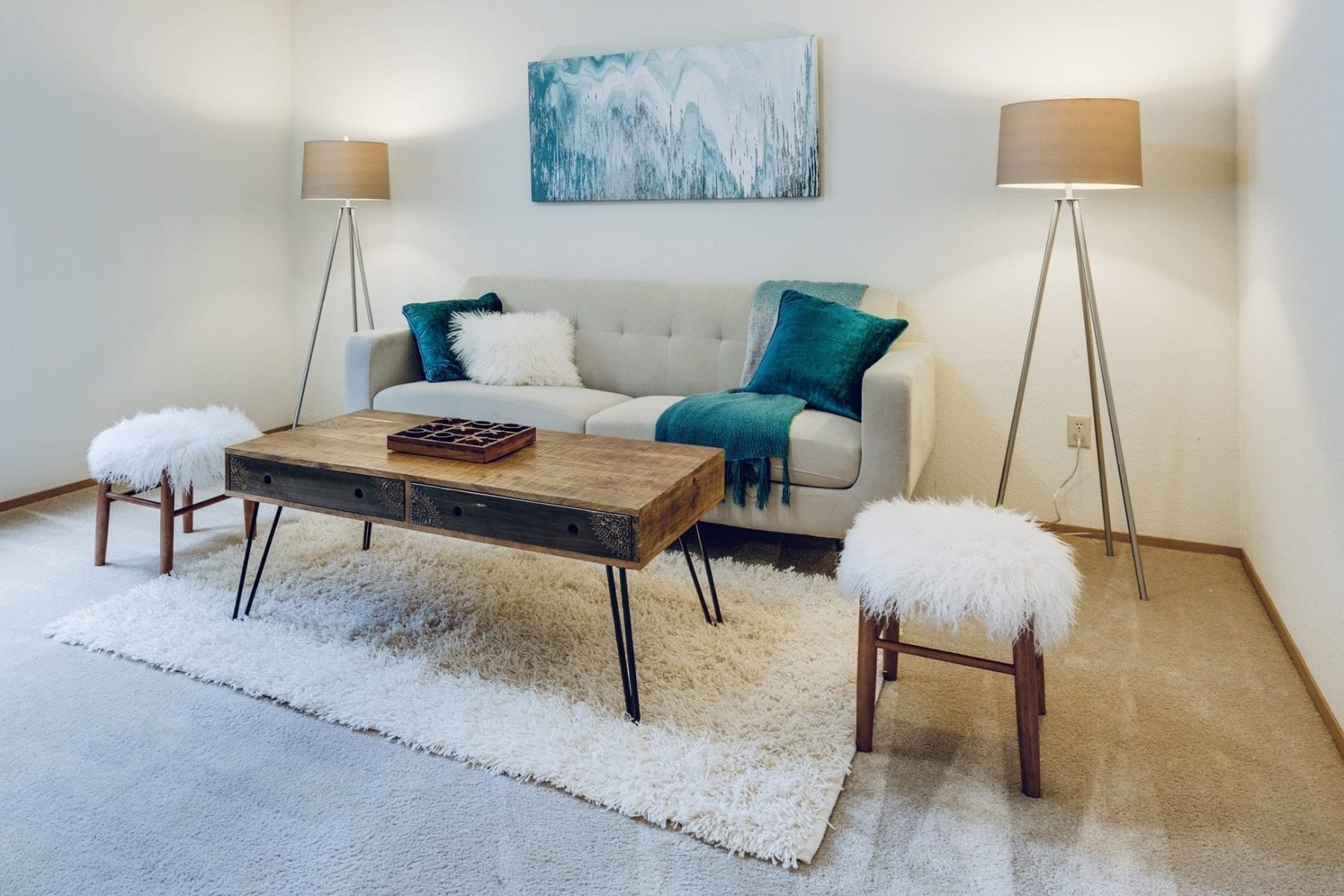

0 thoughts on “How To Store Carpets”